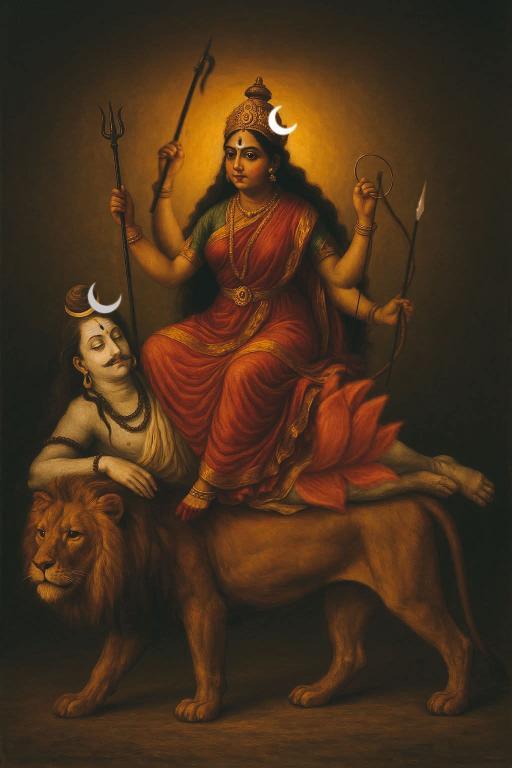Bhagavad Gītā: The divine knowledge of Parābhairava 💗🌹
In Kashmiri Śaivism, the Bhagavad Gītā is not just a story from a distant battlefield but a living dialogue that unfolds within the heart of every human being.
In Kashmiri Śaivism, the Bhagavad Gītā is not just a story from a distant battlefield but a living dialogue that unfolds within the heart of every human being.

Here, Kṛṣṇa is understood not as a separate deity but as the very voice of Parābhaírava, the supreme Śiva, who speaks from the depths of universal consciousness itself. Parābhaírava reveals the gita through Kṛṣṇa. 



When Arjuna trembles in confusion, due to doubt & despair, he represents all of us. He is every soul caught in the struggles of life, torn between duty, fear, love, and attachment. 

The war of Kurukṣetra is not only fought with armies & weapons but is reimagined as the battlefield of our own awareness, where ignorance and wisdom, bondage and freedom, stand face to face. 

In this vision, the Gītā’s message is not abstract philosophy but a compassionate hand extended by Śiva through Kṛṣṇa, leading the weary soul back to the recognition (pratyabhijñā) of its true nature. 

The teachings on action, devotion, meditation, and knowledge are all different ways of dissolving the illusion of separation and rediscovering the self as one with the supreme Śiva. 

As Abhinavagupta explains in his Gitā Samgraha, the Gītā’s heart is unbroken awareness of the self; nothing less than Śiva’s timeless instruction whispering within us, turning despair into awakening.
🔺Oṁ Bhairavāya Namaḥ 🔺
🔺Oṁ Bhairavāya Namaḥ 🔺

• • •
Missing some Tweet in this thread? You can try to
force a refresh




























